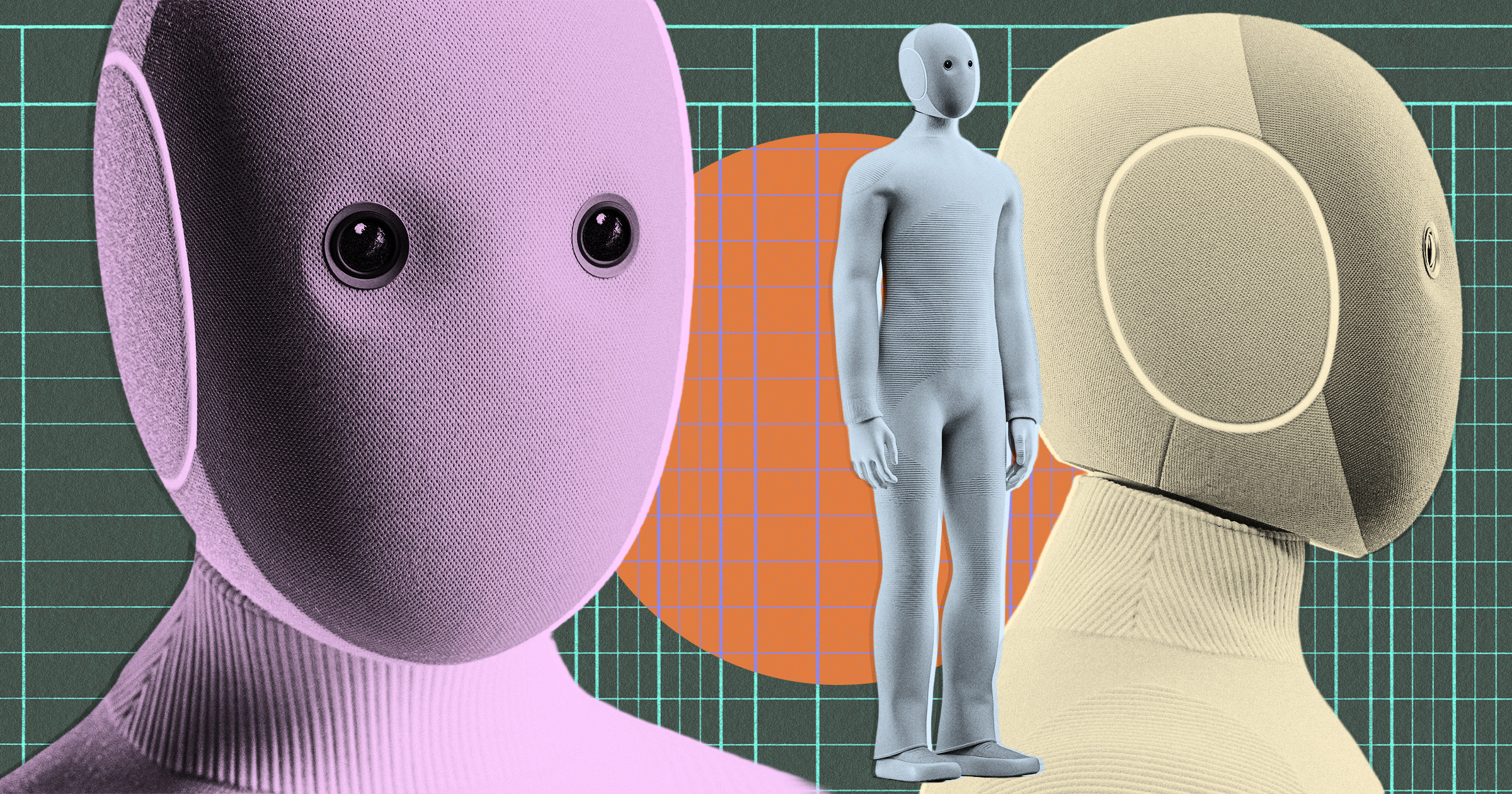Science
$20,000 NEO Robot Butler Requires Human Oversight to Operate

The tech world is buzzing with the upcoming launch of the NEO robot, a bipedal machine designed to assist with household chores. Priced at $20,000, this innovative product from Palo Alto-based startup 1X is set to begin shipping in March 2026. However, prospective buyers should be aware that the NEO is not an autonomous device. Instead, its operations rely heavily on remote human assistance.
The NEO, which weighs 66 pounds and stands at five feet six inches, is available for preorder with a deposit of $200. Buyers can choose between a subscription model costing $499 per month or a one-time purchase fee of $20,000. Available in various earthy colors, including tan and gray, the robot is designed to blend into the home environment.
Bernt Børnich, the founder and CEO of 1X, aims to create a product that diverges from the typical portrayal of robotics in popular media. He emphasizes the need for a more approachable and less intimidating robot, steering clear of the “hard, dark, sci-fi future” that often characterizes the industry.
The operational model for the NEO involves users interacting through a mobile app to schedule tasks. Once initiated, a remote worker will handle the chore, while the robot itself serves as a vehicle for these tasks. This arrangement raises privacy concerns, as users will need to be comfortable with a stranger navigating their home.
In an interview with the Wall Street Journal, Børnich stated, “If we don’t have your data, we can’t make the product better.” This data collection is intended to enhance the robot’s capabilities, with the hope that it will eventually perform tasks autonomously. Yet, the timeline for achieving this level of independence remains uncertain.
Experts express skepticism about the practicality of humanoid robots like NEO. Tech and business journalist Michael Hiltzik notes that current robots often struggle with basic tasks, such as navigating domestic spaces or handling fragile items safely. This indicates that the vision of a fully autonomous household robot is still a long way off.
The interest in humanoid robotics often appears to be driven more by technological hype than by practical applications. While advancements in industrial robotics, particularly in China, showcase significant progress, consumer-oriented robotics still face substantial hurdles. As such, it seems that for the time being, traditional human labor remains the most reliable solution for tackling household chores.
In summary, while the NEO robot presents an intriguing glimpse into the future of household automation, its reliance on human operators raises important questions about privacy and practicality. As the launch date approaches, potential buyers will need to weigh these factors against the promise of a robot capable of easing their domestic burdens.
-

 Technology4 months ago
Technology4 months agoDiscover the Top 10 Calorie Counting Apps of 2025
-

 Health2 months ago
Health2 months agoBella Hadid Shares Health Update After Treatment for Lyme Disease
-

 Health3 months ago
Health3 months agoErin Bates Shares Recovery Update Following Sepsis Complications
-

 Technology3 weeks ago
Technology3 weeks agoDiscover 2025’s Top GPUs for Exceptional 4K Gaming Performance
-

 Technology2 months ago
Technology2 months agoElectric Moto Influencer Surronster Arrested in Tijuana
-

 Technology4 months ago
Technology4 months agoDiscover How to Reverse Image Search Using ChatGPT Effortlessly
-

 Technology4 months ago
Technology4 months agoMeta Initiates $60B AI Data Center Expansion, Starting in Ohio
-

 Technology4 months ago
Technology4 months agoRecovering a Suspended TikTok Account: A Step-by-Step Guide
-

 Health4 months ago
Health4 months agoTested: Rab Firewall Mountain Jacket Survives Harsh Conditions
-

 Lifestyle4 months ago
Lifestyle4 months agoBelton Family Reunites After Daughter Survives Hill Country Floods
-

 Technology3 months ago
Technology3 months agoUncovering the Top Five Most Challenging Motorcycles to Ride
-

 Technology4 weeks ago
Technology4 weeks agoDiscover the Best Wireless Earbuds for Every Lifestyle









